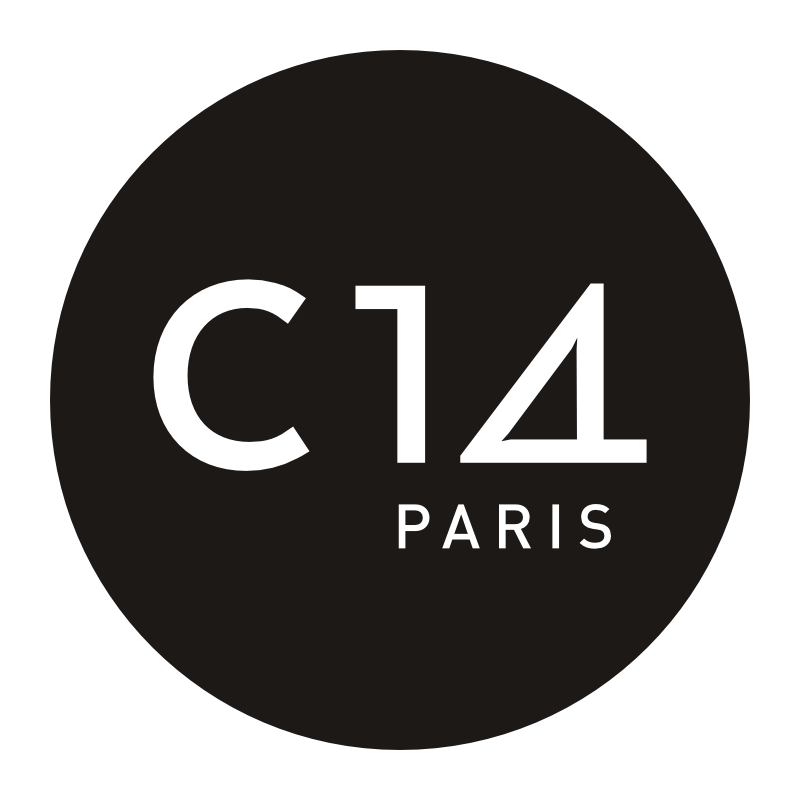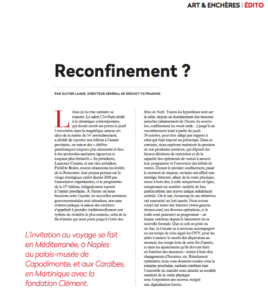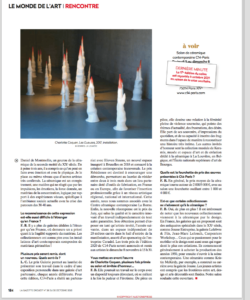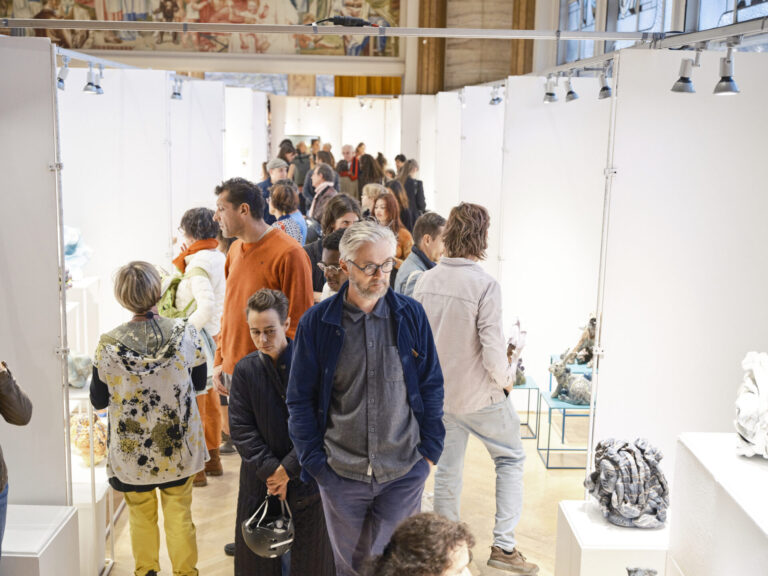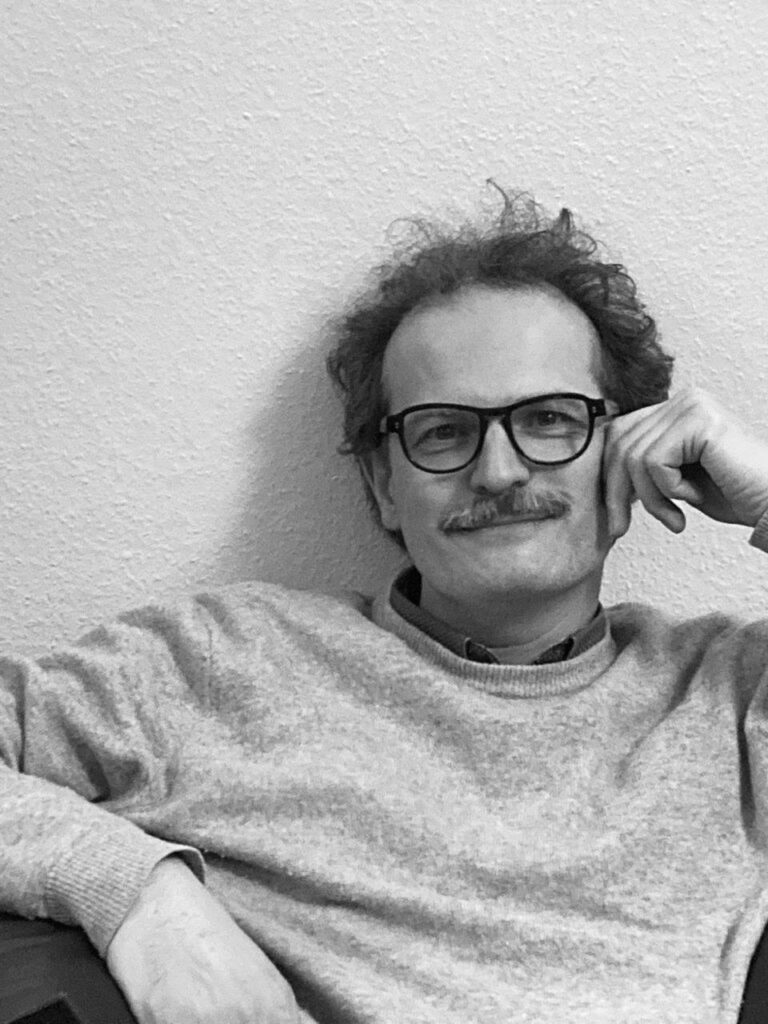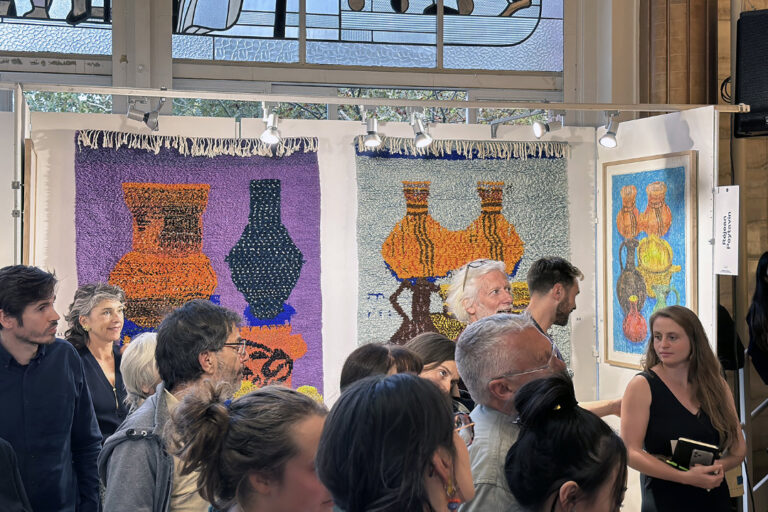Articles in Gazette Drouot October 30, 2020
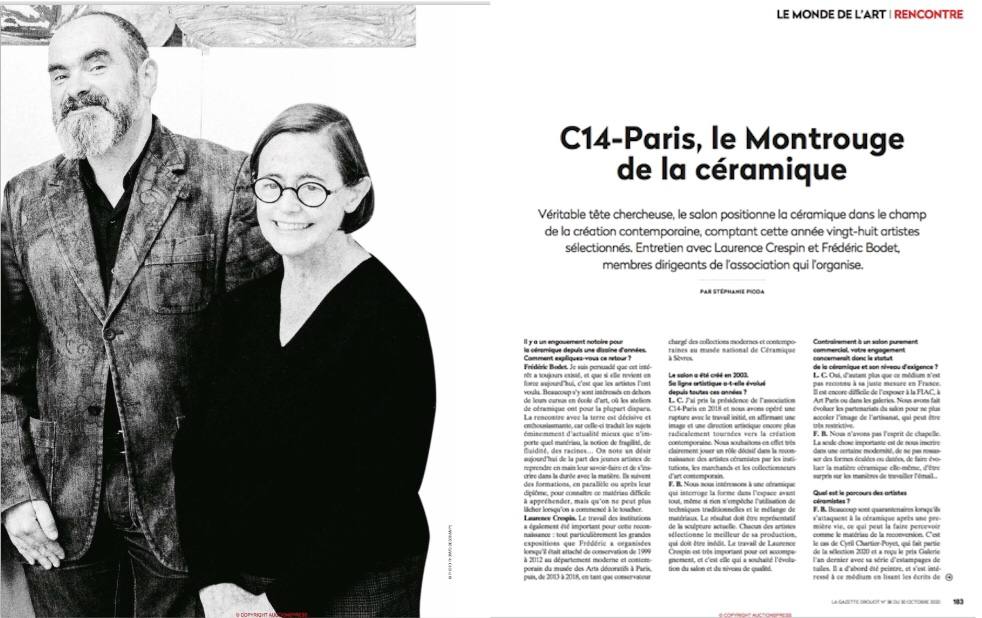
Thanks to Stéphanie Pioda for the beautiful article on the C14-Paris show in La Gazette Drouot n° 38, October 30, 2020. Thanks to Olivier Lange, publication director, and thanks to La Gazette Drouot.
Laurence Crespin and Frédéric Bodet, C14-PARIS research leaders
Since 2018, Laurence Crespin and Frédéric Bodet have resolutely positioned the ceramics show in the field of contemporary creation, with no fewer than twenty-eight artists selected this year.
There's been a real craze for ceramics over the last ten years or so. How do you explain this comeback?
Frédéric Bodet. I'm convinced that this interest has always existed, and that if it's making a strong comeback today, it's because artists wanted it to. Many of them became interested outside their art school courses, where ceramics workshops have largely disappeared. The encounter with clay is decisive and inspiring, as it conveys eminently topical subjects better than any other material, the notion of fragility, fluidity, roots... Today, we can see a desire on the part of young artists to take back control of their skills and to work with the material over the long term. They take training courses, either in parallel or after graduation, to learn more about this material, which is difficult to grasp, but which you can't let go of once you've started to touch it.
Laurence Crespin. The work of institutions has also been important to this recognition: most notably the major exhibitions that Frédéric organized when he was curatorial attaché from 1999 to 2012 at the modern and contemporary department of the Musée des Arts Décoratifs in Paris, and then, from 2013 to 2018, as curator in charge of modern and contemporary collections at the Musée National de Céramique in Sèvres.
The show was created in 2003. Has its artistic line evolved over the years?
L. C. I took over the presidency of the C14-Paris association in 2018, and we've made a break with the work we started, by asserting an image and artistic direction that are even more radically focused on contemporary creation. Indeed, we very clearly wish to play a decisive role in the recognition of ceramic artists by contemporary art institutions, dealers and collectors.
F. B.We're interested in ceramics that question form in space above all, even if nothing prevents us from using traditional techniques and mixing materials. The result must be representative of current sculpture. Each artist selects the best of his or her production, which must be original. Laurence Crespin's work is very important to this process, and it is she who has been responsible for the evolution of the show and its level of quality.
So, unlike a purely commercial show, your commitment is to the status and standards of ceramics?
L. C. Yes, all the more so as the medium is not fully recognized in France. It's still difficult to exhibit at FIAC, Art Paris or in galleries. We've changed the show's partnerships to get away from the image of craftsmanship, which can be very restrictive.
F. B.We don't have a chapel mentality. The only important thing is to be modern, not to rehash outmoded or dated forms, to develop the ceramic material itself, to be surprised by new ways of working with glaze...
What is the background of the ceramic artists?
F. B. Many are in their forties when they turn to ceramics after a first life, which can make them see it as a material for reconversion. This is the case of Cyril Chartier-Poyet, who is part of the 2020 selection and won the Galerie prize last year with his series of tile stamps. He started out as a painter, and became interested in the medium while reading the writings of Daniel de Montmollin, a ceramics guru of the second half of the 20th century. In just three years, he understood what could be done with it, both emotionally and physically. I put him on the same level as other very established artists. Ceramics is a recording, a material that reacts only to impulse, emotion and force, a material of concentration, logical in relation to lived experience, specific to the current social climate with the crisis in the career paths of the 30-40 age group.
Is recognition of this expression as difficult abroad as it is in France?
F. B. There are more dedicated galleries abroad than in France, where there is still a prejudice about the supposed fragility of the material. Collectors have seen worse with contemporary art installations made of perishable materials!
Several prizes will be awarded, including a new one. What are they?
L. C. The Galerie Prize enables the winner to present his or her work in a solo exhibition at a partner art gallery, which changes every year. For this edition, C14-Paris has established a partnership with Eleven Steens, a new space inaugurated in Brussels in 2018 and dedicated to cross-disciplinary contemporary creation. The Résidence prize is designed to encourage an approach, enabling the winner to reside for between two and three months in a partner venue equipped with manufacturing tools, in France or Europe, in order to promote professional integration thanks to a regional, national and international artistic network. This year, we have teamed up with the Centre céramique contemporaine La Borne. Last but not least, the new Jury's Prize recognizes the quality and innovative nature of a work, irrespective of any other criteria. Winning this prize entitles the winner to exhibit as a guest artist the following year, in an independent 20-square-meter space in the event's entrance hall, with sponsorship from the Ceradel company. The three prizes for the 2020 edition of C14-Paris will be announced and awarded to the artists on Sunday November 8 at 3:30 pm.
You're highlighting the work of Charlotte Coquen, who has won several awards at the show and is our guest of honor...
F. B. She continues to work on the body with an ever puzzling device, blending both modesty and eroticism. From piece to piece, she sketches out a relationship to femininity full of sly violence, pointing to topical themes, frustrations and desires. Her starting point is her memories, impressions of everyday life, and her ability to inscribe fragments in space in such a way as to reconstitute a very intimate story. Other guests of honor are the Keramis museum collection, an art and creation space dedicated to ceramics in La Louvière, Belgium, and the École nationale supérieure d'art de Bourges.
What is the price range of the works presented at C14-Paris?
F. B. In general, the average price for ceramics is around €2,000/3,000, with the range at the show fluctuating between €1,000 and €4,000.
Do some collectors devote themselves exclusively to ceramics?
F. B.Yes, more and more! It's interesting to note that new collectors are coming to ceramics through design. In France, the galleries that sell ceramics are antique dealers specializing in twentieth-century ceramics, such as Jousse Entreprise, Galerie Lefebvre & Fils, Jean-Marc Lelouch, Carpenters Workshop... Those with a passion for furniture and design are also the ones who look at these creations the most. They tend to start by buying pieces produced in the 1950s, and then move on to the contemporary scene. A ceramist like Kristin McKirdy, for example, built her career with Galerie Jousse. Young artists have understood that the boundaries between art, design and decorative arts are fluid. Our show aims to open up these boundaries.
Read the article on the Gazette Drouot website
